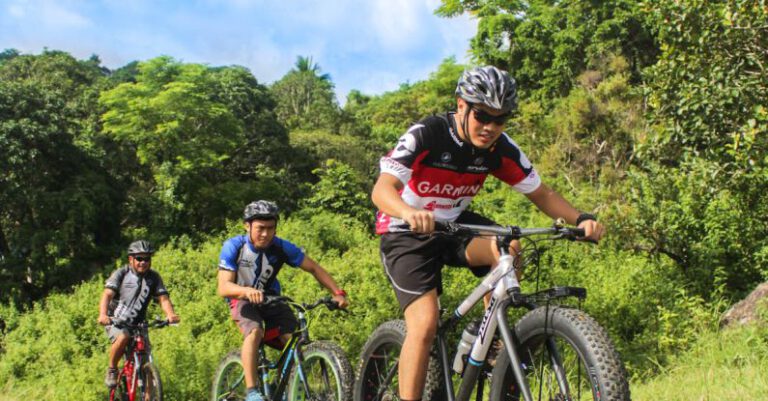
Cycling is a fantastic way to stay active and enjoy the great outdoors. However, strong winds can pose a challenge to even the most experienced riders. Riding in strong winds requires skill and technique to ensure safety and enjoyment. In this article, we will discuss some valuable tips to help you navigate windy conditions and make the most of your cycling experience.
Understanding Wind Direction and Speed
Before heading out for a ride, it is essential to understand the direction and speed of the wind. Be mindful of weather forecasts and pay attention to signs of strong gusts. Knowing the wind direction will help you plan your route strategically. Riding into a headwind can be physically demanding, while riding with a tailwind can provide a speed boost. Crosswinds can be particularly tricky, requiring adjustments to maintain balance and control.
Maintaining a Stable and Aerodynamic Position
When riding in strong winds, it is crucial to maintain a stable and aerodynamic position on your bike. Keep your hands firmly on the handlebars and your elbows slightly bent to absorb vibrations. Lower your torso to reduce wind resistance and improve stability. Shift your weight slightly forward to maintain traction on the front wheel and counteract the effects of crosswinds. By adopting a streamlined posture, you can minimize the impact of strong winds and improve your overall riding efficiency.
Gripping the Handlebars Firmly
In windy conditions, it is essential to grip the handlebars firmly to maintain control of your bike. Use all your fingers to grip the handlebars, keeping a secure hold at all times. Avoid gripping too tightly, as this can lead to fatigue and discomfort. Maintain a relaxed grip while staying attentive and responsive to changes in wind direction. By maintaining a firm yet flexible grip, you can navigate challenging conditions with confidence and precision.
Choosing the Right Gear Ratio
Selecting the appropriate gear ratio is crucial when riding in strong winds. Opt for a gear that allows you to pedal smoothly and maintain a consistent cadence. In headwinds, a lower gear may be more suitable to help you generate power efficiently. Conversely, in tailwinds, a higher gear can maximize speed while minimizing effort. Experiment with different gear ratios to find the optimal combination for varying wind conditions and terrain. By adjusting your gears accordingly, you can ride more comfortably and effectively in strong winds.
Anticipating Wind Gusts
Wind gusts can catch you off guard and affect your stability while riding. Anticipate potential gusts by observing the environment and staying alert to changes in wind patterns. Look for visual cues such as swaying trees or dust swirling on the ground. When encountering a sudden gust, remain calm and keep a steady grip on the handlebars. Shift your weight as needed to maintain balance and control. By staying vigilant and responsive to wind gusts, you can adapt quickly and safely navigate challenging conditions.
Staying Hydrated and Focused
Riding in strong winds can be physically demanding and mentally taxing. Stay hydrated by drinking water regularly to maintain energy levels and prevent dehydration. Focus on your breathing and concentration to stay calm and composed while riding. Keep your eyes on the road ahead and anticipate potential obstacles or hazards. By staying hydrated and focused, you can ride more effectively and enjoy the experience despite windy conditions.
Conclusion: Mastering the Art of Riding in Strong Winds
Riding in strong winds can be a challenging yet rewarding experience for cyclists of all levels. By understanding wind dynamics, maintaining a stable position, gripping the handlebars firmly, choosing the right gear ratio, anticipating wind gusts, and staying hydrated and focused, you can enhance your riding skills and confidence in windy conditions. With practice and perseverance, you can master the art of riding in strong winds and enjoy the exhilarating feeling of conquering nature’s elements on your bike. So, gear up, stay safe, and embrace the wind as a formidable companion on your cycling adventures.





